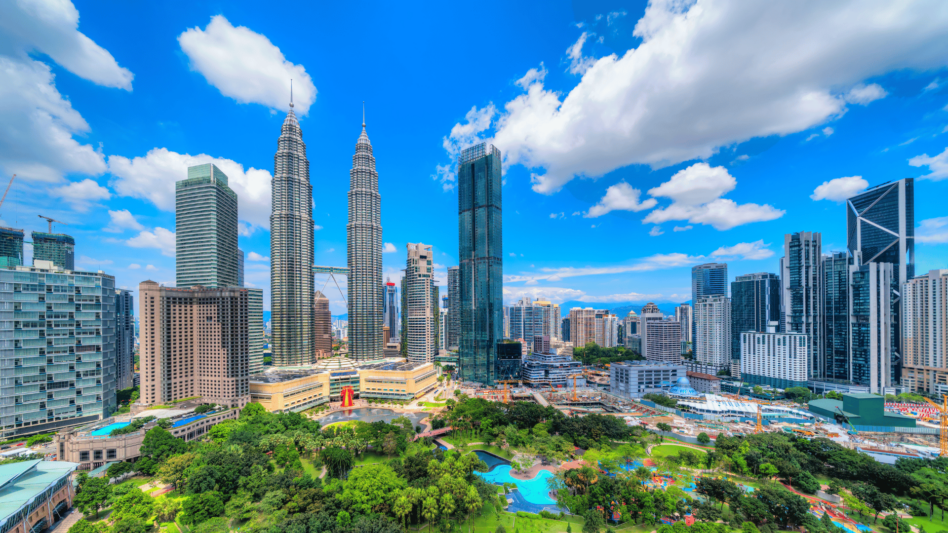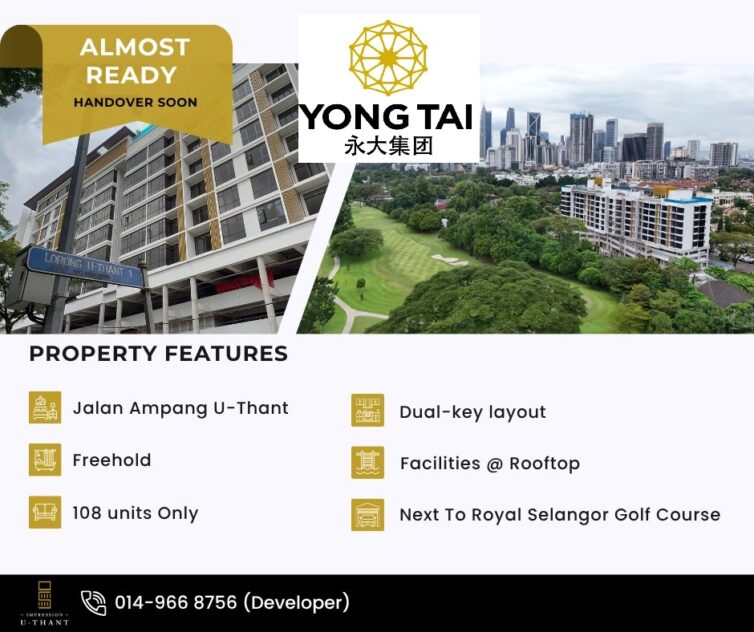By YS Chan
RECENTLY, the Sultan of Kedah visited Pulau Payar and launched the opening gimmick of the iconic Pulau Payar Reef. The tiny island, measuring just 31.2 hectares, is located about 28kms off Kuala Kedah. In comparison, the Kuah jetty at Langkawi is about 56kms from Kuala Kedah.
Together with three adjacent smaller islands of Pulau Lembu, Pulau Kaca and Pulau Segantang, Pulau Payar was gazetted as a marine park in 1994 under the Fisheries Act 1985 (Amended 1991) to protect the rich ecosystem from human encroachment.
Between October and February, dolphins and whales were often sighted. But these marine mammals and other wildlife have been under threat ever since large number of boisterous visitors started to descend on Pulau Payar, often up to 800 in a day.
During the visit, the Ruler was briefed on the current status of the island by Fisheries Department director-general. The Sultan of Kedah wants the high number of visitors be reduced to ease the pressure on the marine biodiversity at Pulau Payar.
In response, Langkawi Tourism Association president Ahmad Pishol Ishak said this will prevent Pulau Payar from further pollution and damage by visitors. He disclosed that operators to the island have held discussions but could not reach a decision on the number to limit.
However, it is a marine park and therefore up to the Fisheries Department to call the shots by not only determining the maximum number of visitors allowed on the tiny island at any one time but also manage reservations on arrivals and activities by charging a reasonable fee.
On a much larger scale, the authorities too must conduct a comprehensive study to determine the maximum capacity of the main Langkawi island for both excursionists arriving and leaving the same day and tourists that stay overnight on the island.
If the island could easily hold many times more than the number of visitors that came in 2019, then additional infrastructure could be planned, and investors invited to build more facilities and amenities to cater for the influx of tourists.
But when a destination is found to be overcrowded and the ecosystem, either biological or manmade, starts to collapse rendering, tourism no longer sustainable, immediate steps must be taken to reduce the number of visitors.
However, it does not necessarily lead to loss of tourism revenue as the destination could go upmarket by catering to more affluent visitors that are happy to pay more for quality. After all, tourist expenditure is a better measure of success in tourism than number of visitors.
Granted, the marketing of any destination should first be focused on promoting its popularity by getting as many visitors as possible. But as the destination matures, it should progress to upmarket clientele before it reaches saturation point on holding capacity.
Clearly, sustainable tourism is the primary role of authorities, which also have the resources to undertake comprehensive studies in determining holding capacity and adding infrastructure to upgrade or expand the local tourism industry.
Running parallel to sustainable tourism, industry players and visitors should practise responsible tourism. Irresponsible tourism occurs each time Pulau Payar is overcrowded caused by greedy operators or visitors failing to choose responsible operators and enforcement officers looking the other way.
Last Friday, Tourism, Arts and Culture Minister Datuk Seri Nancy Shukri reminded tourists and industry practitioners to be responsible by complying with standard operating procedures stipulated for the sector to contain the spread of COVID-19 infections.
She said this during a speech at a Prihatin Malaysia event in Simunjan, about 80km from Kuching, and urged Malaysians to go on domestic tours and ensure the local tourism and culture industry need not face more closure of such activities.
Sadly, it will be a long wait as the local tourism industry would need four years to recover as predicted by the Economic Action Council and announced by Prime Minister Tan Sri Muhyiddin Yassin last July. – March 29, 2021
YS Chan is Asean Tourism Master Trainer for travel agencies, master trainer for Travel & Tours Enhancement Course and Mesra Malaysia (both programmes under Ministry of Tourism, Arts and Culture). He is also a tourism and transport industry consultant and writer.
The views expressed are solely of the author and do not necessarily reflect those of Focus Malaysia.









